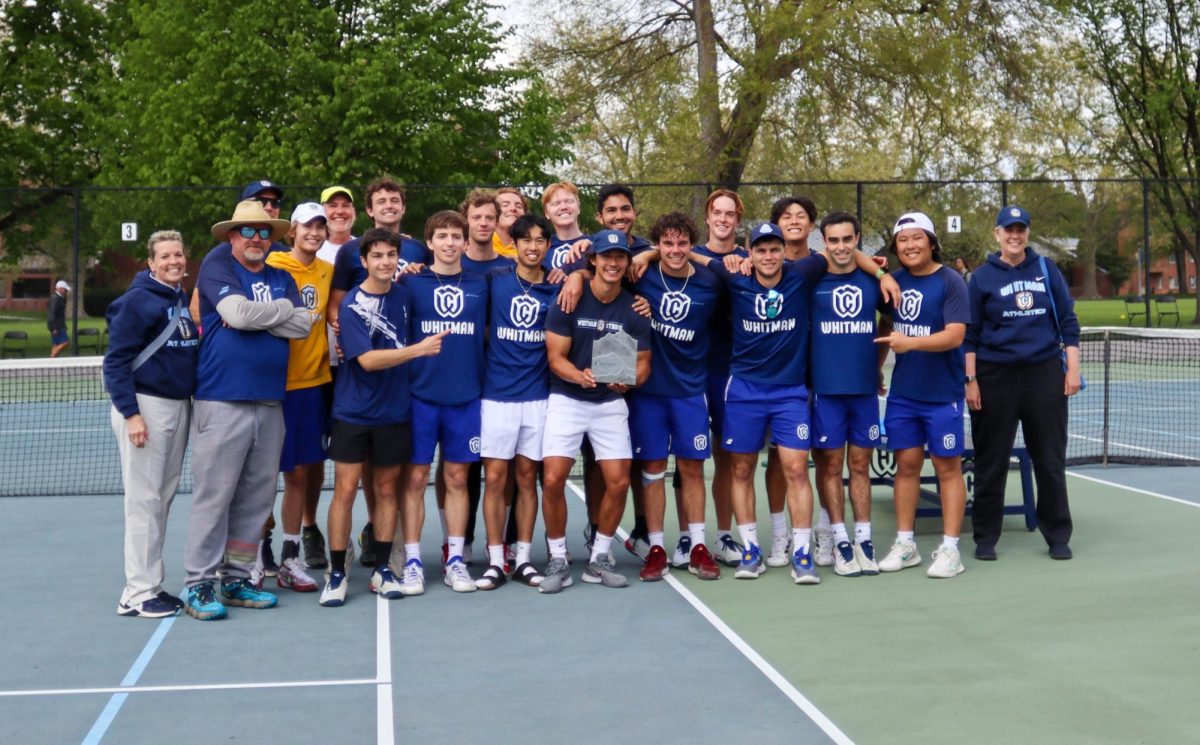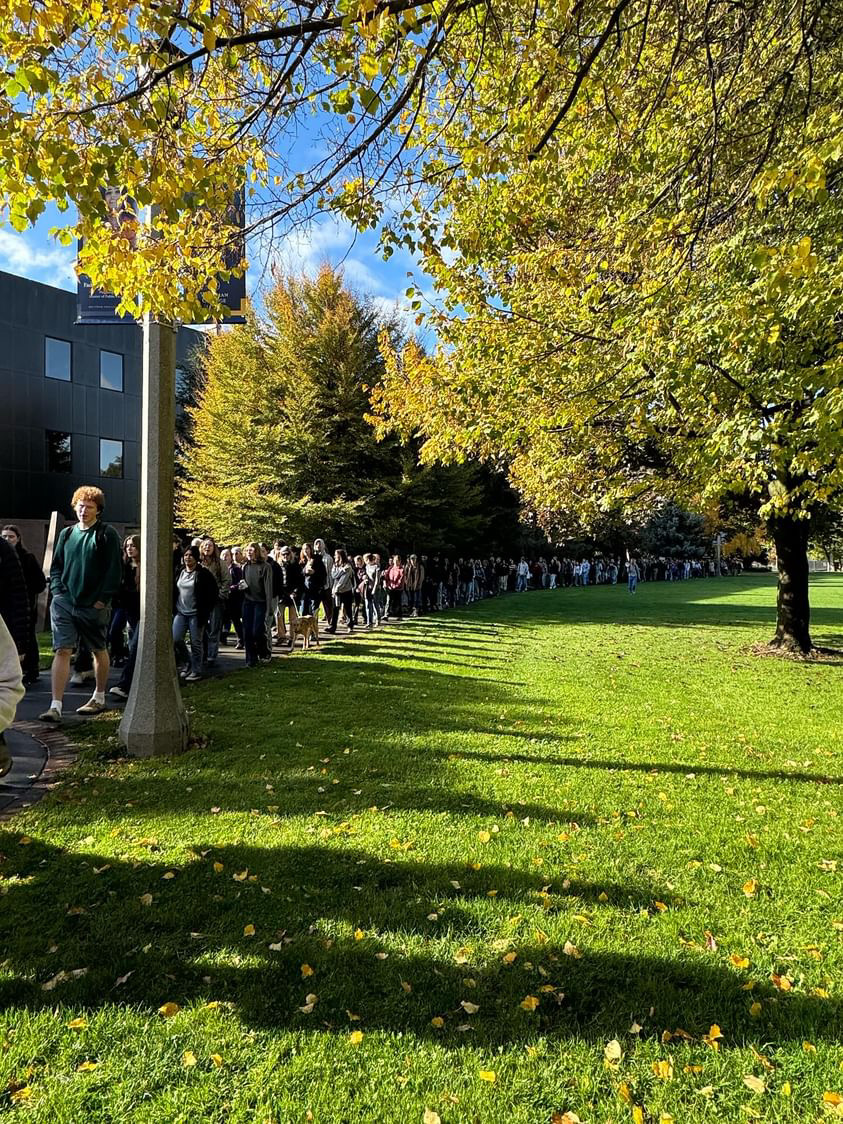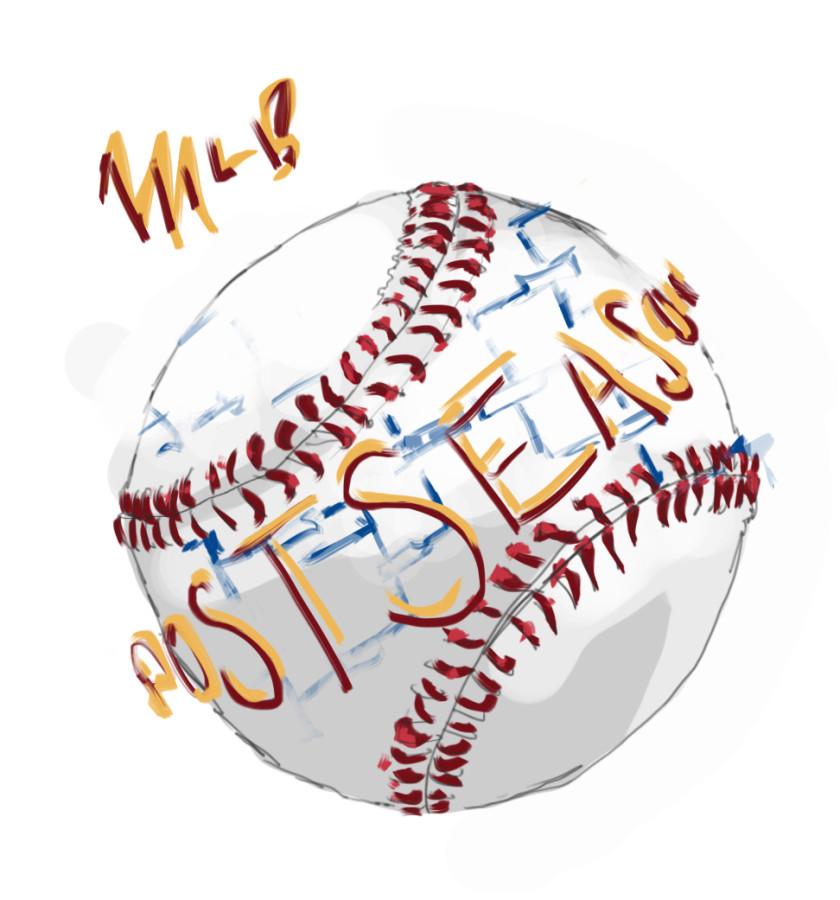On Feb. 9 in a game against Texas Tech, Oklahoma State sophomore point guard Marcus Smart crossed one of the last lines in all of sports. He interacted with a heckling fan. More specifically, he entered the stands and physically engaged this fan. For his actions he was suspended for only three games.
Being a collegiate or professional athlete obviously has it drawbacks, one of which is getting heckled by 20,000 people a few times a week for several hours as you try and focus on the game you are there to play. You would be hard pressed to find anyone who hasn’t said some less-than-admirable things to an opposing player on game day, and that speaks a lot to the mental fortitude of the young men and women playing these sports.
There is such a thing as going too far, however, and what happened that night in Lubbock, Texas was certainly an example. First of all, there are certain unwritten rules of heckling: no comments about race or personal tragedy and no specific quips. Smart alleges that the fan in question was using racially-charged language in order to try and get a reaction from him. When Smart made the unwise decision of entering into a physical altercation with the fan, he passed the point of no return. The fan has agreed to not attend any more Texas Tech games for his part in the debacle, but a player interacting with fans is a scary prospect.
Just looking at physical stature, it is a pretty unfair fight. Not only are these athletes larger, stronger and in better physical condition than the average fan, they have emotion on their side. No player wants to engage fans, but if he or she has reached a breaking point, there is little stopping a player from severely injuring a fan.
The most distinct example of this type of scenario is the 2004 “Malice at the Palace” of Auburn Hills, Mich., which took place during a basketball game between the Indiana Pacers and Detroit Pistons. When a Pistons fan threw a cup of soda at Ron Artest, now known as Metta World Peace, he took to the stands and started to fight with the fans. Not soon after, several of his teammates and opposing players were in a full-on melee in the stands. Suspensions for this ranged from Artest’s 86 games––more than a full NBA regular season––to one game, which was handed out to several players who had limited roles in the brawl.
Smart obviously didn’t initiate a brawl like Artest did, but players need to get the message that engaging physically with fans is unacceptable. It would be one scenario if a fan entered the playing area, but this fan was standing near his seat, and Smart entered the stands attempting to save a loose ball. At that point, he was in the fans’ area and should have removed himself as quickly as possible. Instead he chose to shove a fan in the chest, breaking a very firm boundary. Smart should consider himself lucky he was only suspended for three games and not the rest of the conference season as some had speculated he would be.+






Ken • Feb 20, 2014 at 8:41 am
One thing you “forgot” to mention in your article is that the fan Smart attacked did not use a racial slur. The school, Texas Tech, released video of the incident which proves no racial words were used, and even Smart declined to say what was said when pressed in post game interviews.
I agree that fans can be out of control, but in this case it was clearly Smart who was out of control and then even lied about being called a racial slur. (Incidentally, he had attacked a chair a week earlier, so he has a history of being somewhat unstable).
I understand the point of your article, but printing that the fan in question used a racial slur is not accurate or fair.